Packing for an African safari is a bit of an art form. It’s not just about what goes into your bag; it’s about how you pack it. Why? Well, unlike your standard city getaway, a safari demands functionality, efficiency and a touch of foresight. From navigating the strict luggage allowances on small bush planes to keeping your precious gear safe on bumpy drives, a little strategy goes a long way. Here’s our guide on how to pack for a safari like a true pro.

We know exactly how to pack for a safari in a way that's smart
1. Soft-Sided Bags Only, Please
We know you're excited, and you want to cram many outfits and gadgets into your bag. But it's important to keep luggage requirements in mind, especially in remote regions. Here, you will often get onto bush flights in smaller aircraft. And in these cases, hard-shell suitcases are a definite no.
Most light aircraft have extremely limited storage, with soft-sided duffel bags being essential. These bags are easier to manoeuvre into the tight cargo pods beneath the aircraft, and your pilot will thank you.
Pro tip: Check weight limits in advance. Many bush flights restrict luggage to 15–20kg, including hand luggage.

Adventure awaits, and this bush plane will take you straight to the action
2. Embrace the Cube Life
Packing cubes are not just a neat-freak’s fantasy. They’re the safari traveller’s secret weapon. Use them to compartmentalise your clothing by category. For example, have one for evening wear, one for game drive layers, and another for undergarments and accessories.
Benefits include:
- Faster access to exactly what you need
- Protection from dust, which is ever-present on safari
- A makeshift drawer system for lodges with limited storage
Pro tip: Get a few sets of different colours so you can quickly and easily distinguish between, for example, evening and daywear cubes.

Packing cubes help you stay organised throughout your trip
3. Plan a Coordinated Colour Palette
On safari, functionality is key, but that doesn’t mean compromising on style. Choosing clothing in a complementary palette allows you to mix and match items across the trip. Aim for earthy, neutral tones such as olive, beige, khaki, taupe, and grey.
Not only do these colours help you blend into the bush environment for better wildlife viewing, but they also give you flexibility. Three shirts and three pairs of trousers in interchangeable shades can give you up to nine different outfit combinations. And because it's neutral, no one will even notice those outfit repeats!
Pro tip: Avoid bright colours and dark blues, which can attract insects. Also, skip the camouflage print, as it's illegal in some countries.
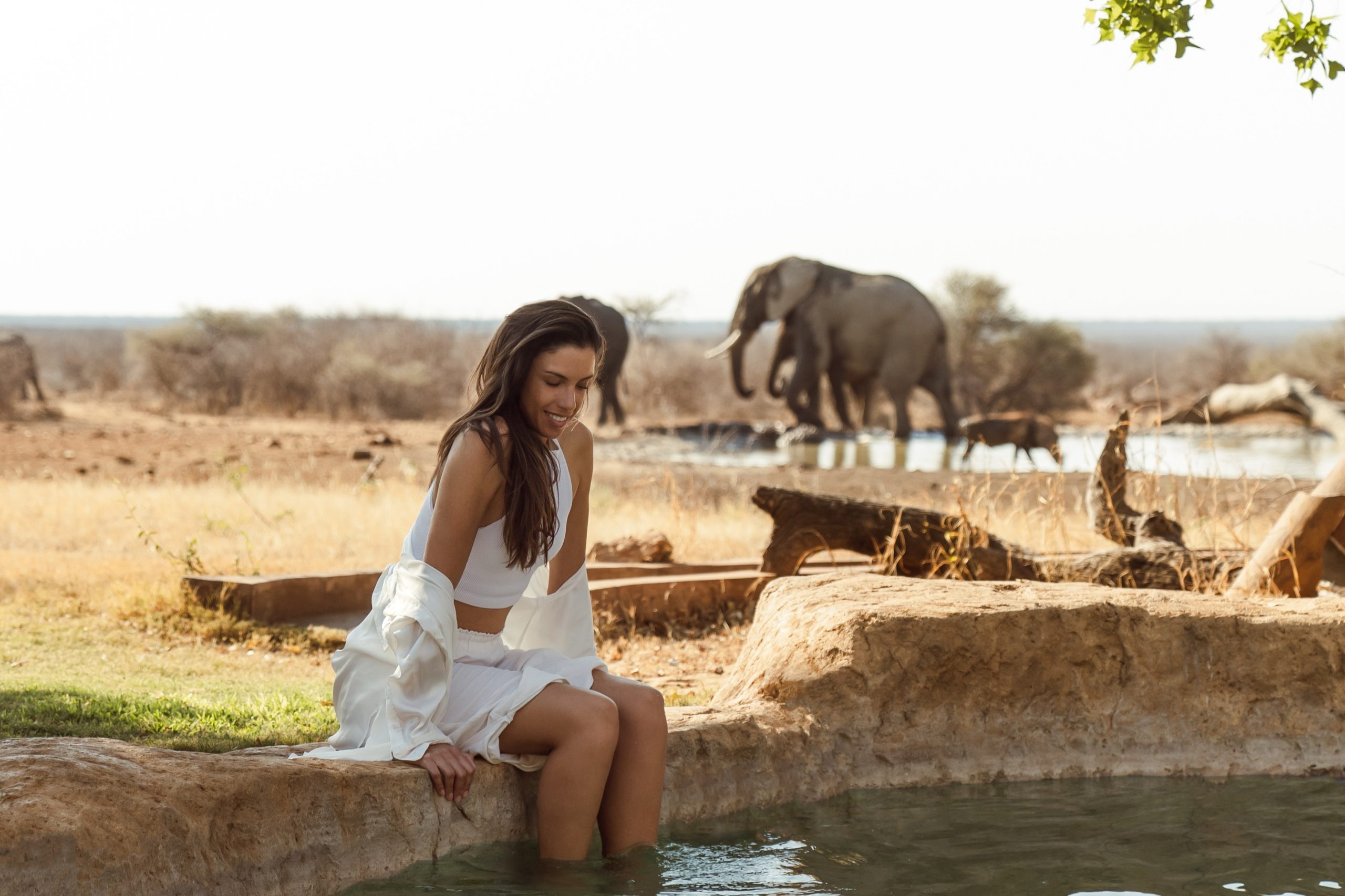
Neutrals just look even better in the bush, Image Credit: Last Word Madikwe
4. Pack with Placement in Mind
Safari days start early, and being organised saves precious time. Think in layers, both literally and in how you pack.
- Bottom layer of your bag: Items you won’t need until later in your trip or only at your destination, such as extra shoes, warm layers or non-essential tech.
- Middle layer: Your daily rotation of clothes. Think neutral-coloured, breathable layers you'll wear on drives and walks.
- Top layer or easy-access pocket: Essentials you'll need quickly, like your hat, insect repellent, sunscreen, a lightweight scarf or your binoculars.
Pro tip: Lay out your outfit for the next day the night before. This will save you precious time when you're still blinking away sleep on early safari mornings. Remember to put your camera batteries and phone on charge!
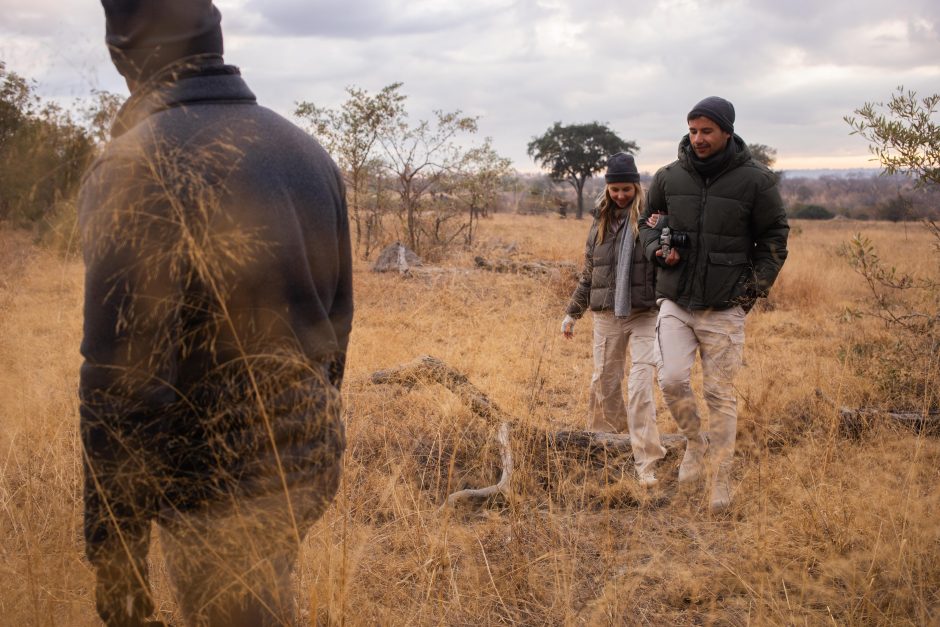
You need to layer up on safari as the weather changes throughout the day
5. Create a Grab-and-Go Game Drive Kit
Whether it’s an early morning drive or a sundowner expedition, having a dedicated pouch or small daypack makes a world of difference.
Fill it with:
- Camera or phone
- Compact binoculars
- Lip balm and sunscreen
- Notebook and pen
- A granola bar or two
Pro tip: Keep this packed and ready in your main bag or carry-on. That way, when the game drive wake-up call comes, you're not scrambling.
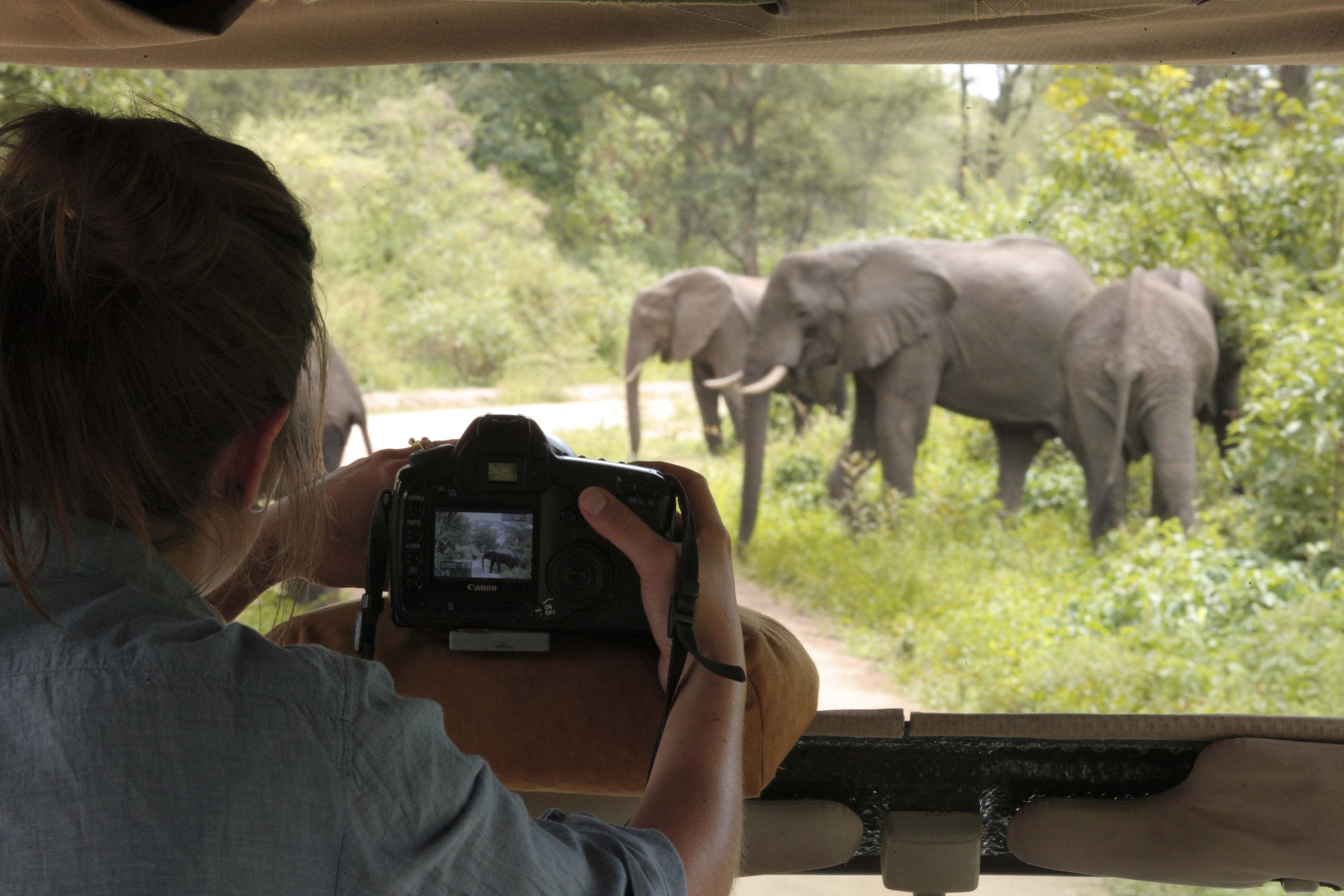
You'll want to keep your camera close on safari, Image Credit: andBeyond
6. Think Safety and Discretion
Safaris are generally safe, but it’s smart to be cautious, especially when passing through airports or busy transfer points.
- Keep your valuables in your carry-on, ideally in an inner zip pocket
- Distribute essentials. Don’t store all your cash or cards in one place
- Use neutral, non-branded bags to avoid unwanted attention in transit
Pro tip: Booking your safari with a trusted tour operator like Rhino Africa means you have insights around all the must-dos and no-nos of African travel. We live here and know of everything as and when it happens.
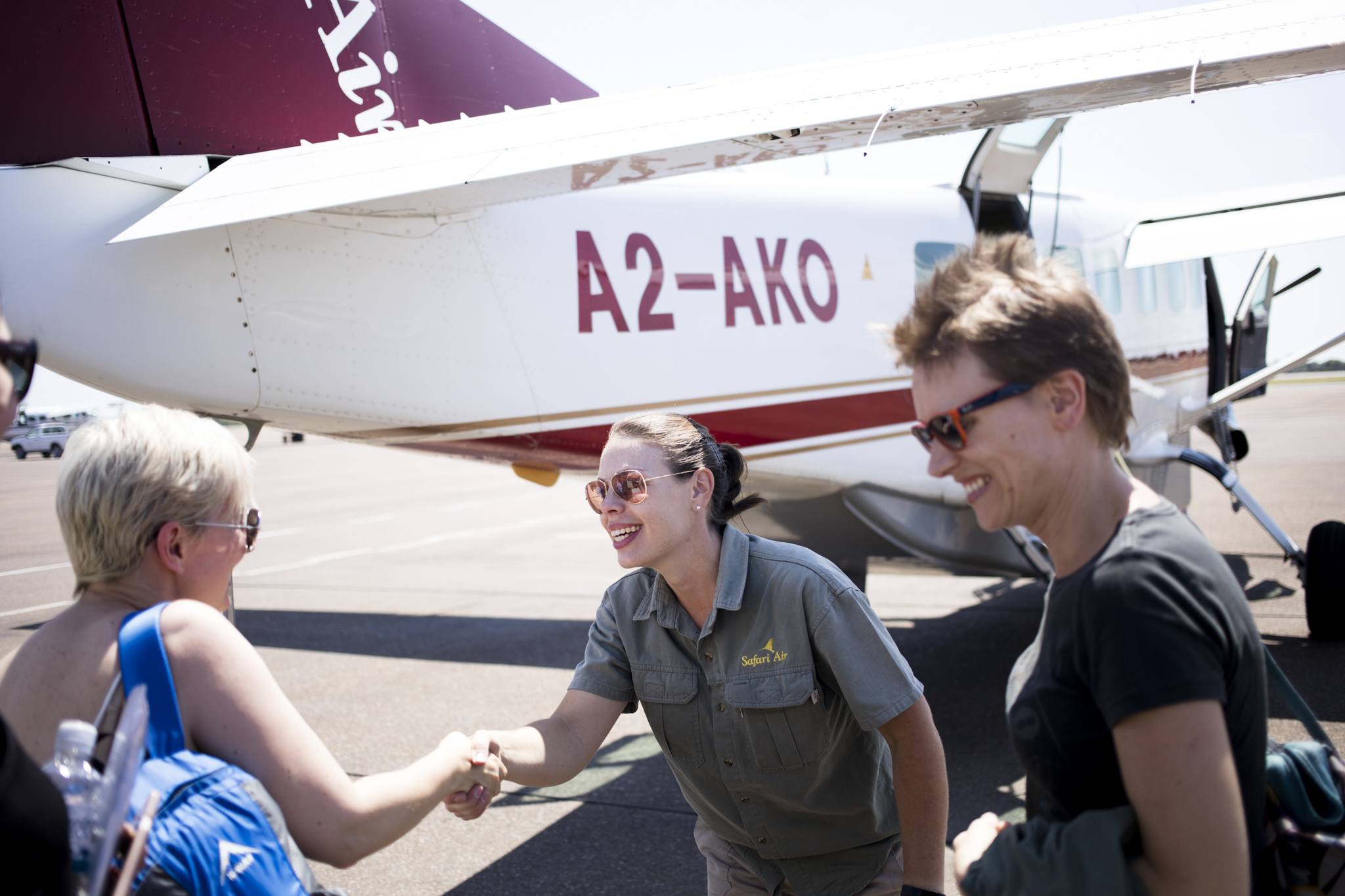
With Rhino Africa on your side, you won't have to worry about a thing
7. Consider Climate and Quick Access
African climates can be extreme, with hot days and cool nights. Conditions can also change quickly, so easy access to layers matters more than you might think.
Pro tip: Choose a bag with external compartments or side pockets for items you'll want to grab fast, like a lightweight rain jacket, fleece or travel towel.
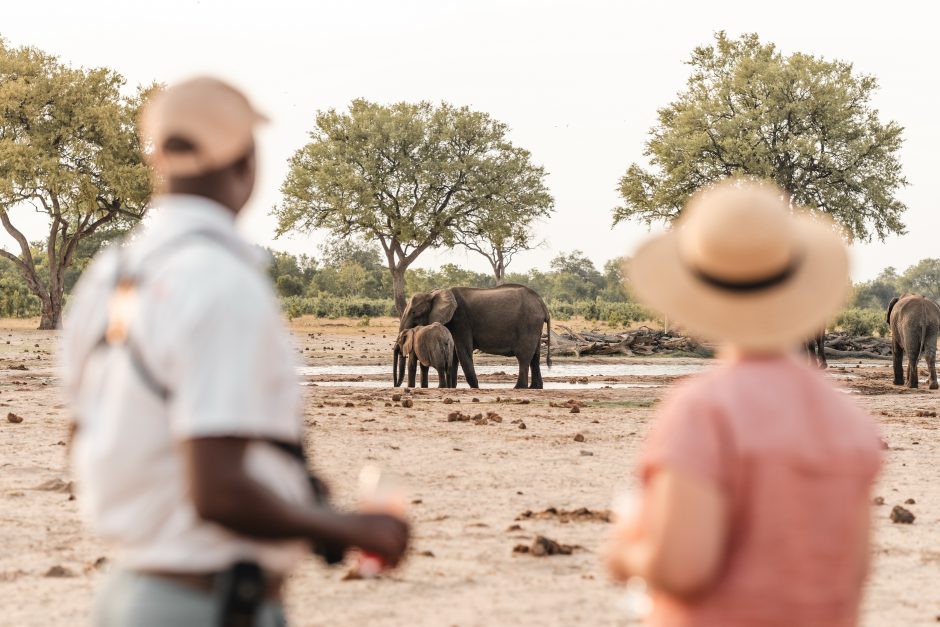
The weather can change quickly on safari, Image Credit: Wilderness
8. Leave Space for Mementoes
You’ll likely return with a few beautiful things. Perhaps a handwoven basket, local artwork or carved trinket. Leave some breathing space in your bag or bring a compact, foldable tote for the journey home.
Pro tip: Underpack by a few kilograms to ensure you can take your precious items home. Some safari lodges will assist in shipping your goods, but this is not offered by everyone.
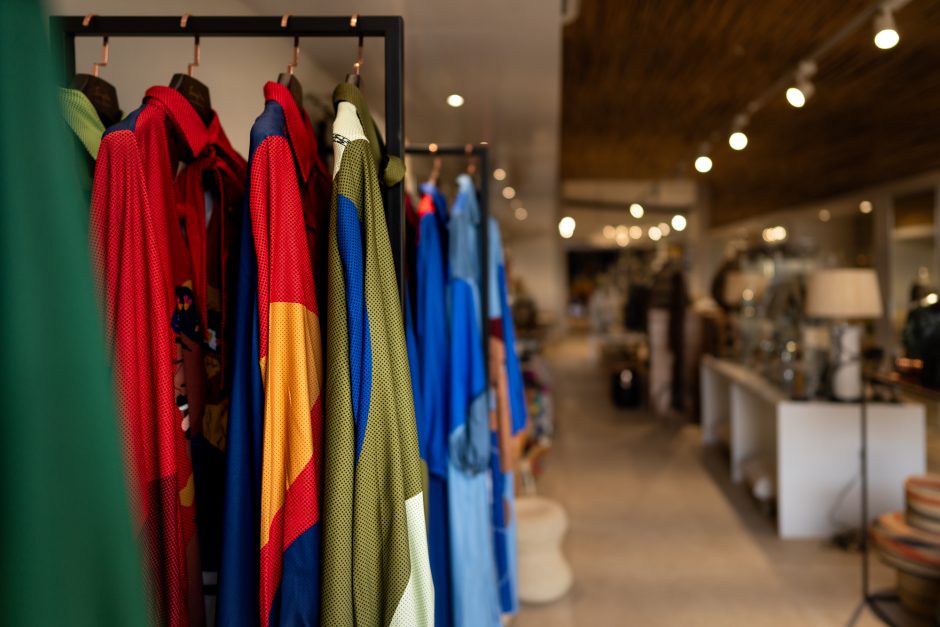
Keeping space for keepsakes is an important tip for when you pack for your safari, Image Credit: Singita
Time to Pack for Your Safari. Ready to Go Wild?
On safari, every item should earn its place in your bag. The goal is simple: to travel light without leaving behind comfort or convenience. With the right techniques and tools like soft bags, packing cubes and clever colour choices, you’ll enjoy more of the adventure and less of the faff.
We know Africa inside out, and not just how to pack for it. Let our Wilderness Guides orchestrate the safari of your dreams today.

